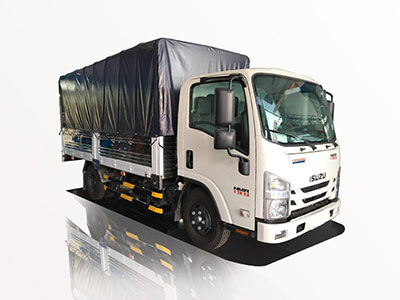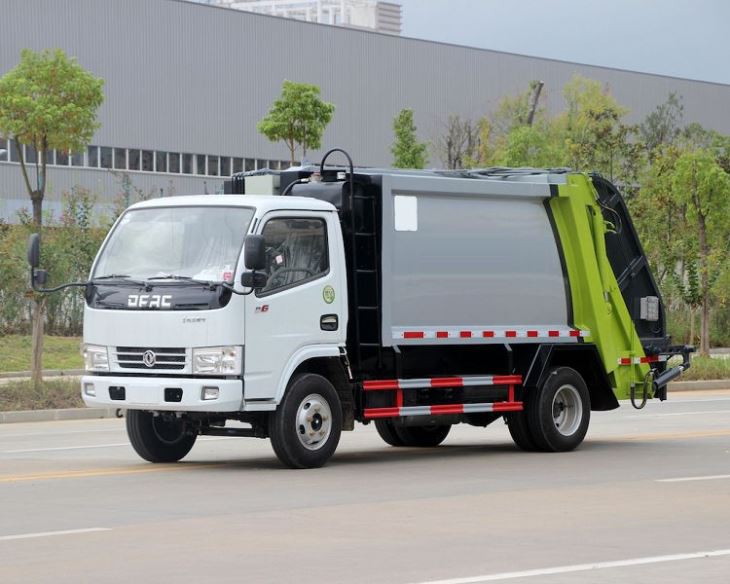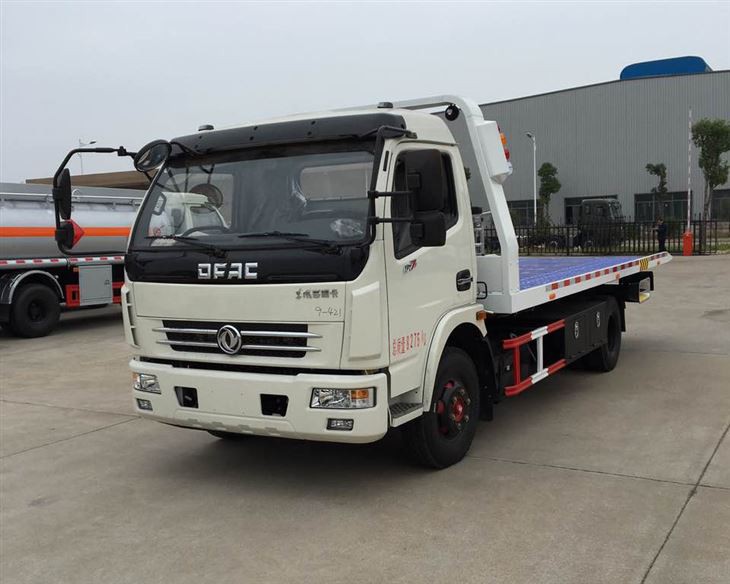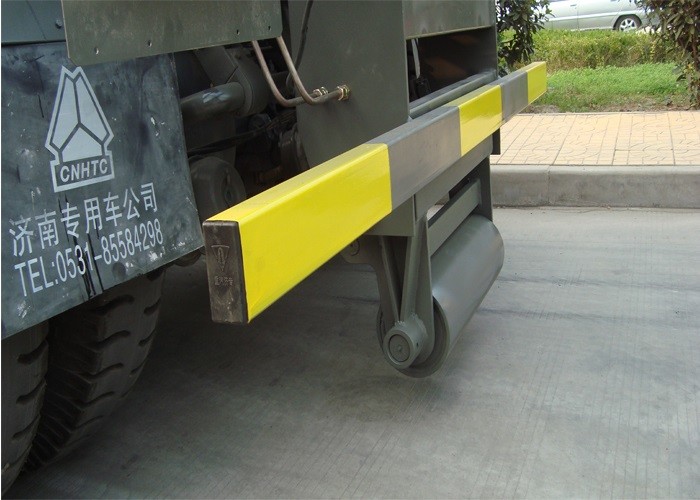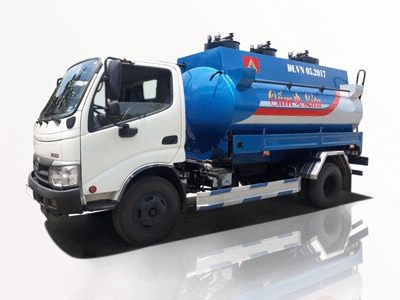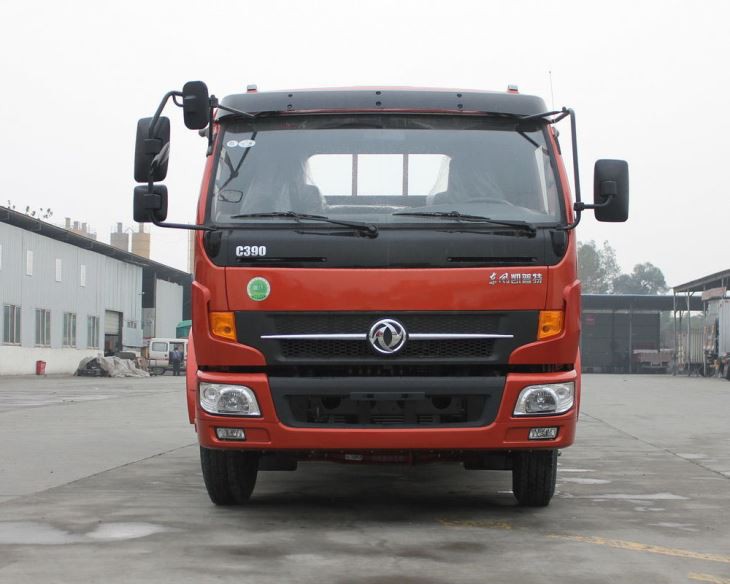The 100-foot bucket truck is an essential piece of equipment for various industries requiring aerial access for maintenance, construction, and inspections. This comprehensive guide will delve into the specifications, uses, and safety protocols surrounding 100-foot bucket trucks, catering to both new users and experienced professionals. With insights on maintenance, operating tips, and real-world applications, this guide aims to provide valuable information on the significance and functionality of this towering piece of machinery.
What is a 100 Foot Bucket Truck?
A 100-foot bucket truck, sometimes referred to as an aerial lift, is a specialized vehicle designed to lift personnel and equipment to elevated work sites. The truck is equipped with a hydraulic boom that extends up to 100 feet, allowing workers to perform tasks at significant heights safely. These trucks typically have a bucket at the end of the boom, which serves as a stable platform for operators.
Key Specifications of 100 Foot Bucket Trucks
Power and Performance
- Engine: Most 100-foot bucket trucks are powered by diesel engines, ranging from 200 to 300 horsepower.
- Weight Capacity: The bucket usually supports between 300 and 500 pounds, depending on the model.
- Reach: These trucks offer a working height of up to 100 feet, including the height of the truck itself.
Dimensions
| Specification | Details |
|---|---|
| Length | Approximately 30 to 35 feet |
| Width | 8.5 feet (standard width for road use) |
| Height | 12 to 13 feet (when extended) |
| Weight | 19,000 to 30,000 pounds, depending on features |
Hydraulic System
The hydraulic system in a 100-foot bucket truck allows for smooth and controlled lifting. It includes hydraulic pumps, cylinders, and hoses designed for high-pressure operation, ensuring safety and reliability while lifting heavy loads at great heights.
Common Applications of 100 Foot Bucket Trucks
1. Utility Work
Utility companies often use 100-foot bucket trucks to perform maintenance on power lines and streetlights. The extended reach allows technicians to work efficiently on overhead installations and repairs without needing cranes or scaffolding.
2. Tree Service
In arboriculture, these trucks are crucial for safe tree trimming and removal. Bucket trucks provide up-close access to branches, reducing the risk of injury and equipment damage.
3. Construction and Maintenance
The construction industry relies heavily on 100-foot bucket trucks for tasks such as roofing, building repairs, and high-rise maintenance. This equipment enables workers to access difficult areas safely and effectively.
4. HVAC Installation and Maintenance
Heating, ventilation, and air conditioning (HVAC) technicians use these truck lifts to install and service rooftop units, ensuring optimal system performance and compliance with regulations.
Example: HVAC Installation
When installing an HVAC unit on a commercial flat roof, a 100-foot bucket truck can elevate the equipment and technicians to the necessary height while maintaining a secure work platform. This improves efficiency and ensures worker safety.
Safety Considerations for Operating a 100 Foot Bucket Truck
1. Pre-Operation Inspection
Before operating a bucket truck, conduct a thorough inspection, including checking the hydraulic system, boom integrity, and safety features, such as outriggers and seat belts.
2. Worker Training
Only trained and certified personnel should operate 100-foot bucket trucks. OSHA regulations require workers to complete safety training and demonstrate proficiency in handling aerial lifts.
3. Fall Protection
Ensure that all workers in the bucket wear appropriate fall protection gear, such as harnesses and lanyards, to mitigate the risks associated with working at heights.
Maintenance of 100 Foot Bucket Trucks
Routine Checks
Regular maintenance is vital for ensuring the longevity and safety of 100-foot bucket trucks. Here are some essential maintenance practices:
- Hydraulic Fluid Levels: Check and refill hydraulic fluid regularly to maintain operational efficiency.
- Wear and Tear: Inspect the boom and bucket for signs of wear or damage.
- Tire Condition: Regularly check tire pressure and tread depth to ensure safe transportation.
Annual Inspections
In addition to routine checks, annual inspections by a qualified technician are required by law. These inspections typically include:
- Hydraulic system evaluation
- Electrical system assessment
- Structural integrity review
Choosing the Right 100 Foot Bucket Truck
Factors to Consider
- Job Requirements: Evaluate the specific tasks you’ll be using the bucket truck for, as different models have varying features and capacities.
- Budget: Determine your budget, including purchase, maintenance, and operational costs.
- Brand Reputation: Research reputable manufacturers known for quality and reliability.
Popular Models on the Market
| Brand | Model | Working Height | Weight Capacity |
|---|---|---|---|
| Ford | F750 | 100 ft. | 500 lbs |
| Chevrolet | Silverado 5500HD | 100 ft. | 350 lbs |
| International | MV Series | 100 ft. | 300 lbs |
Cost of 100 Foot Bucket Trucks
Factors Affecting Cost
- Brand and Model: Prices vary significantly based on the manufacturer and features.
- New vs. Used: New bucket trucks range from $50,000 to $150,000, while used ones can be significantly cheaper.
- Attachments: Additional features or custom modifications can impact the overall cost.
Example Pricing Analysis
For example, if a new 100-foot bucket truck costs $100,000 and a used model from 2015 costs $60,000, the choice may depend on budget constraints versus the need for advanced performance and reliability.
FAQs About 100 Foot Bucket Trucks
What is the maximum weight capacity of a 100-foot bucket truck?
The maximum weight capacity typically ranges from 300 to 500 pounds, depending on the model and manufacturer.
Do I need a special license to operate a bucket truck?
Yes, operators usually need a Commercial Driver’s License (CDL) and may require additional certification for aerial lift operation.
How often should a bucket truck be inspected?
A bucket truck should undergo a routine inspection before each use and a comprehensive annual inspection by a qualified technician.
Why is fall protection necessary when using a bucket truck?
Fall protection ensures the safety of workers while they are elevated, minimizing the risk of accidents due to falls.
Can I rent a 100-foot bucket truck for short-term projects?
Yes, many equipment rental companies offer 100-foot bucket trucks for short-term rental, providing an economical solution for one-off jobs.
What is the average lifespan of a bucket truck?
With proper maintenance, a bucket truck can last between 10 to 20 years, depending on usage and upkeep.
